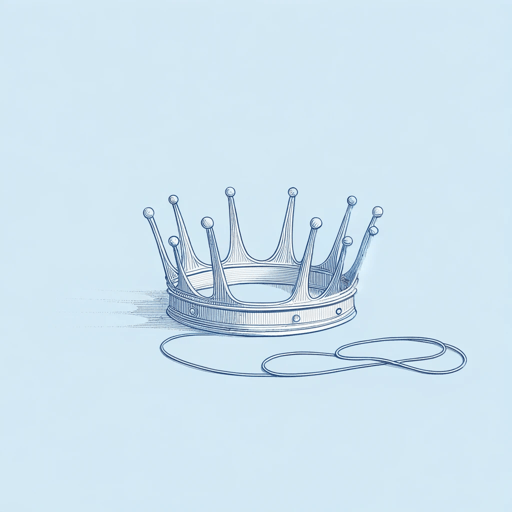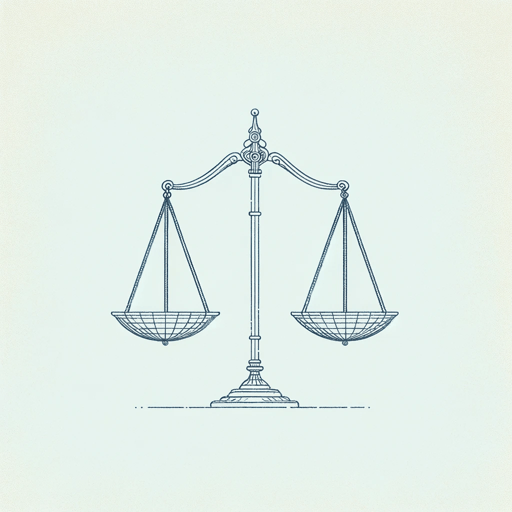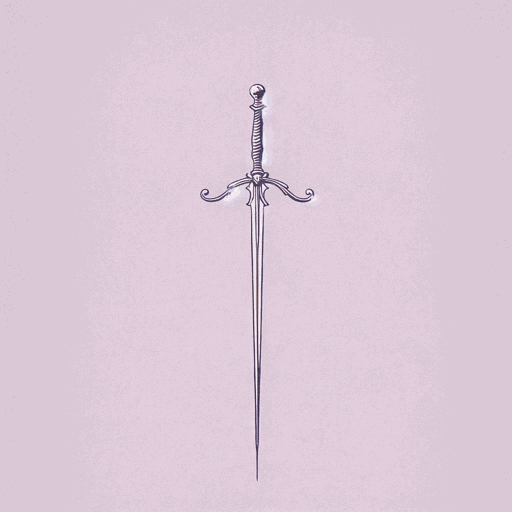26 pages • 52 minutes read
William ShakespeareThe Rape of Lucrece
Fiction | Poem | Adult | Published in 1594A modern alternative to SparkNotes and CliffsNotes, SuperSummary offers high-quality Study Guides with detailed chapter summaries and analysis of major themes, characters, and more.
Literary Devices
Form and Meter
“The Rape of Lucrece” is written in rhyme royal (also referred to as rime royal). This form was used by Chaucer in his long poem “Troilus and Criseyde,” so the form is sometimes called the Troilus stanza. “Troilus and Criseyde” is a Middle English romance about characters from the Trojan War, which connects to Shakespeare’s poem in several ways. Most directly, it connects to the painting of Troy that Lucrece spends many stanzas looking at and discussing. Also, Chaucer uses anachronistic elements of chivalry and courtly love in his poem about Trojans; Shakespeare does the same in his poem about Romans. Furthermore, according to The Princeton Encyclopedia of Poetry and Poetics, Shakespeare’s use of rhyme royal “tested its capacities for violent action and violent reflection at once” (1193-1194).
Each (Troilus) stanza consists of seven lines with the rhyme scheme ABABBCC, and each line is written in iambic pentameter. This meter, which Shakespeare is famous for using in many plays as well as poems, is musical when read aloud: The consistency makes for an uninterrupted flow of language. The auditory beauty of the meter contrasts with the violent acts that occur in the poem, emphasizing the violence that lurks in the language of courtly love.
Related Titles
By William Shakespeare

All's Well That Ends Well
William Shakespeare

A Midsummer Night's Dream
William Shakespeare

Antony and Cleopatra
William Shakespeare

As You Like It
William Shakespeare

Coriolanus
William Shakespeare

Cymbeline
William Shakespeare

Hamlet
William Shakespeare

Henry IV, Part 1
William Shakespeare

Henry IV, Part 2
William Shakespeare

Henry V
William Shakespeare

Henry VIII
William Shakespeare

Henry VI, Part 1
William Shakespeare

Henry VI, Part 3
William Shakespeare

Julius Caesar
William Shakespeare

King John
William Shakespeare

King Lear
William Shakespeare

Love's Labour's Lost
William Shakespeare

Macbeth
William Shakespeare

Measure For Measure
William Shakespeare

Much Ado About Nothing
William Shakespeare

